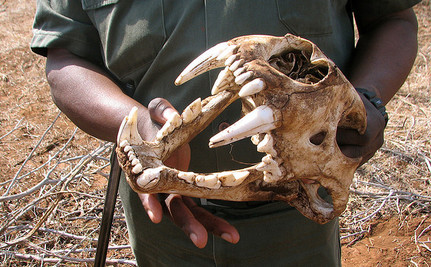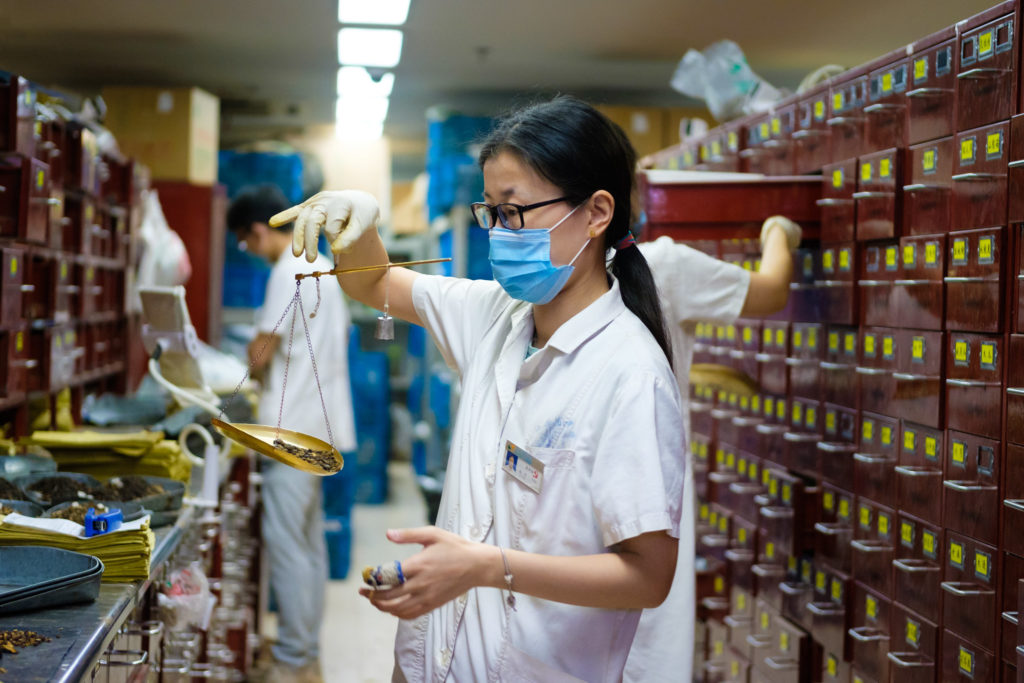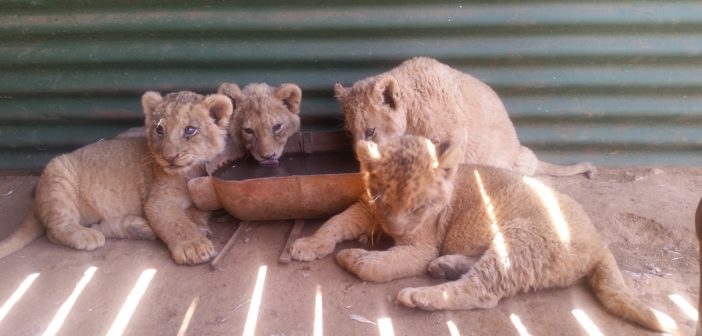The Chinese government has placed an immediate ban on the illegal trading of wildlife and the consumption of wild animals. This follows a link between pangolin meat and the coronavirus outbreak.
Despite international outrage, South Africa is allowing a quota of at least 800 lion skeletons a year exported for consumption in Asia, including China, where they’re used for traditional medicine and tiger bone wine. The bones are not checked for tuberculosis and could be infused with dangerous tranquilizers, used to pacify the animals before they’re shot.
As the bones are consumed or used in food processing, their export is violating both South Africa’s Foodstuffs Act and the Chinese ban on imports.
The ban, imposed on February 24th by the Standing Committee of the National People’s Congress (China’s top legislature) covers all forms of wildlife consumption and will have an immediate impact on exports. The move “aims to safeguard biological and ecological safety and effectively prevent major public health risks, among other purposes.”
The latest findings on lion bones emphasize the wisdom of such a blanket ban by adding another dimension to the health threat from wildlife consumption.

The tuberculosis virus is tenacious. It can survive in bones ground to powder and scraps of meat attached to them. For this reason, according to Professor Irvin Modlin of the Yale University Medical School, South Africa’s export of lion bones to China and Vietnam poses a considerable health risk.
Added to this is the danger of a tranquilizer, mostly used in the slaughter process. The South African Veterinary Association (SAVA) has confirmed that lion slaughter is not regulated. The association has warned that this tranquilizer may be harmful and even lethal to humans, and to other animals who feed on the carcasses of darted animals.
“These products carry a warning: Do not use in food-producing animals,” says Modlin. “One of the products typically used is teratogenic, meaning it can cause abnormalities of physiological development during pregnancy, resulting in human congenital abnormalities and also in other non-birth developmental stages, including puberty.”
Sava says the tranquilizer and tuberculosis could both be transferred in the production of tiger bone wine, for which lion bones are increasingly used. There is also a health risk to communities who are given lion meat by breeders after the carcass has been deboned.
These warnings follow research that found a strong possibility that the novel coronavirus was transmitted to humans via pangolins, and warnings that consuming wild animals carries considerable risks.

Following research into lion bone exports, the South African Elizabeth Margaret Steyn (EMS) Foundation became alarmed at the health consequences for workers slaughtering the animals, as well as the people, mainly Chinese and Vietnamese, who are consuming imported bones.
In a letter to South African Health Minister Zweli Mkhize, the foundation asked him to define his department’s position on the human consumption of lion products and what export procedures were in place to avoid risks of direct and indirect contamination to humans.
The foundation also wrote to South African Agriculture Minister Thoko Didiza, pointing out that lion slaughter was not being carried out at registered slaughterhouses and could not be deemed safe for human consumption. Neither department responded.
The foundation noted that the Meat Safety Act defined unsafe as being “unsafe for human and animal consumption by reason of a disease, an abnormal condition, putrefaction, decomposition, contamination or residues, or by reason of exposure or contact.”
“The lions’ defleshed body parts are not for human consumption in South Africa,” said the foundation, “but this fact should not exonerate the state from seeing that the killing and rendering process is conducted under the directives of the Animal Slaughter, Meat, and Animal Products Hygiene Act. It would also be expected that the state would take this into consideration as a statutory duty imposed by responsible practice and the Foodstuffs, Cosmetics and Disinfectants Act.”
An investigation by Senior Inspector Reinette Meyer of the Bloemfontein Society for the Prevention of Cruelty to Animals (SPCA) found the slaughter conditions on the Free State farm Wag-’n-Bietjie, owned by lion breeder André Steyn, to be almost beyond belief and far from sanitary.

“It was shocking,” she said. “We couldn’t believe what was happening. You could smell the blood. The lions got shot in the camp and then were all brought into this one room. The flies were terrible.”
She also discovered that lions were being left in small, cramped cages. A total of 54 lions had been killed at the farm in just two days. They were first hit with tranquilizer darts before being shot dead with a .22-caliber rifle.
It is understood they were shot through the ear directly into their brains, “because overseas buyers will not pay for damaged skulls.” Some of the lions are believed to have been trucked about 400 kilometers to the farm from a “safari park” near Johannesburg.
“Dead lions, some skinned and others waiting to be skinned, littered the bloodstained floor,” said Meyer. “A pile of innards and skeletons lay elsewhere inside, while discarded internal body parts were piled high in overflowing black plastic bags on a trailer outside.”
The farm’s permits have since been revoked.
Head of Biomedical Sciences at Stellenbosch University, Professor Paul van Heerden, agreed that South Africa may be exporting tuberculosis through trade in lion bones. He told the EMS Foundation that “infected lions and lion bones have the potential to infect other animals or humans with bovine tuberculosis. It is inherently resistant to one of the four most important drugs used to treat primary human tuberculosis.
“Treatment of humans with this form of tuberculosis is therefore compromised. I am of the opinion that uncontrolled exposure of humans to bones from animals, in particular lion bones, poses a risk for development of bovine tuberculosis.”
Rustenberg environmental lawyer Carel Zietsman has reiterated that the tranquillizer used on lions can be lethal if it enters the bloodstream of humans. It can also be lethal to animals who feed on the carcasses of darted animals.
“There is no guarantee that the product is not transmitted into the bone structure of the animal and that South Africa is not exporting poisonous products.
“In environmental law, where it’s not always possible to predict environmental consequences, the law requires one of three judgments in what is called the precautionary principle:
“The first is cautious progress until findings of innocence are made; the second is ordinary progress until findings of guilt are made; and the last is the ‘no-go’ approach until intensive research has been conducted into such a process. In the case where human lives are at stake, it is my submission that this last route should be followed and lion slaughtering should stop immediately.”
It is clear these principles are not being followed in the lion bone trade. The Chinese wildlife ban could be the death knell of the lion bone industry – and not a moment too soon.
Featured image: lion cubs in South Africa’s captive breeding industry. Image © Audrey Delsink.





